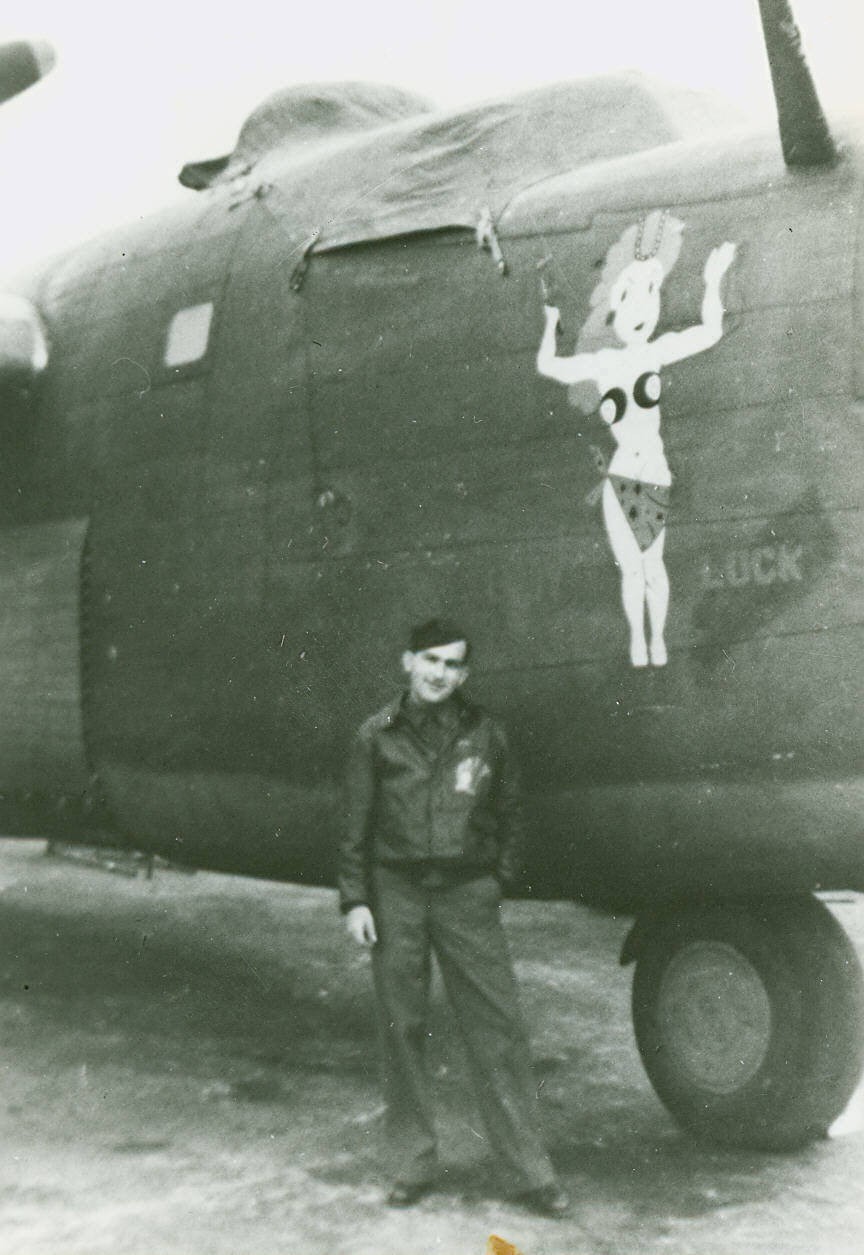The contributions of the U.S. Army Air Forces during World War II are an important and often forgotten aspect of Army heritage. On August 1, 1943, the 44th Bomb Group was one of five B-24 Aca,!A"LiberatorAca,!A? heavy bomber groups to conduct a dangerous, daytime, low-level raid on the German-held oil refineries located near Ploesti, Rumania. Code-named Aca,!A"Operation Tidal WaveAca,!A?, the raid involved 178 bombers from the 8th and 9th Air Forces under General Uzal Ent of 9th Bomber Command. From their bases near Benghazi, Libya, they flew 2400 miles round trip to attack one of the most heavily defended areas in occupied Europe. Around the oil fields the Germans had placed thousands of anti-aircraft guns and four wings of German fighters. In order to achieve tactical surprise and to increase the probability of destroying the strategically important Ploesti oil refineries, the plan, was to attack at 200 feet, with some formations attacking at below 50 feet. The raid was one of the most costly operations during the entire air war. Of the 178 aircraft involved, 53 did not return. Crew losses were also high, with 440 killed and 220 captured or missing out of 1,758 crewmen participating in the operation. The mission was so dangerous that five Medals of Honor were awarded and all bomb squadrons earned a Distinguished Unit Citation. Despite the persistence and bravery of the bomb groups whose attacks severely damaged the Ploesti oil facilities, the mission did not achieve the overall strategic goal of eliminating a key German oil supply.
The conduct of the 44th Bomb Group during Operation Tidal Wave epitomized the high level of determination, skill, and bravery demonstrated by the B-24 crewmen and leadership. Separated from the leading formations, the group commander, Colonel Leon Johnson successfully re-established contact with the 98th Bomb Group and navigated to their assigned target: the Columbia Aquila facilities which had been mistakenly attacked by a preceding formation. Having lost the key element of surprise, Colonel Johnson made the difficult decision to continue the attack against the fully alerted German defenses, as well as the hazard of time delayed bombs and fires from the previous attack. In the fierce air-ground battle at barely 50 feet above the ground, pilots and gunners demonstrated skill and bravery in successfully suppressing a disguised anti-aircraft train and dense flak. For his bravery and determination against incredible odds, Colonel Leon Johnson was awarded the Medal of Honor, presented in front of the 44th Bomb Group on November 22, 1943. The men of the 44th Bomb Group also earned their second Distinguished Unit Citation.
The contributions of the 44th Bomb Group are well documented by the collections housed at the Army Heritage and Education Center (AHEC). Donated by the 44th Bomb Group Veterans Association, the 44th Bomb Group Collection contains documents and photographs of the groupAca,!a,,cs history during World War II. Members of the veterans association have also donated significant artifacts, including a bomber jacket and Colonel JohnsonAca,!a,,cs Medal of Honor.
ABOUT THIS STORY: Many of the sources presented in this article are among 400,000 books, 1.7 million photos and 12.5 million manuscripts available for study through the U.S. Army Military History Institute (MHI). The artifacts shown are among nearly 50,000 items of the Army Heritage Museum (AHM) collections. MHI and AHM are part of the: Army Heritage and Education Center, 950 Soldiers Drive, Carlisle, PA, 17013-5021.






Social Sharing